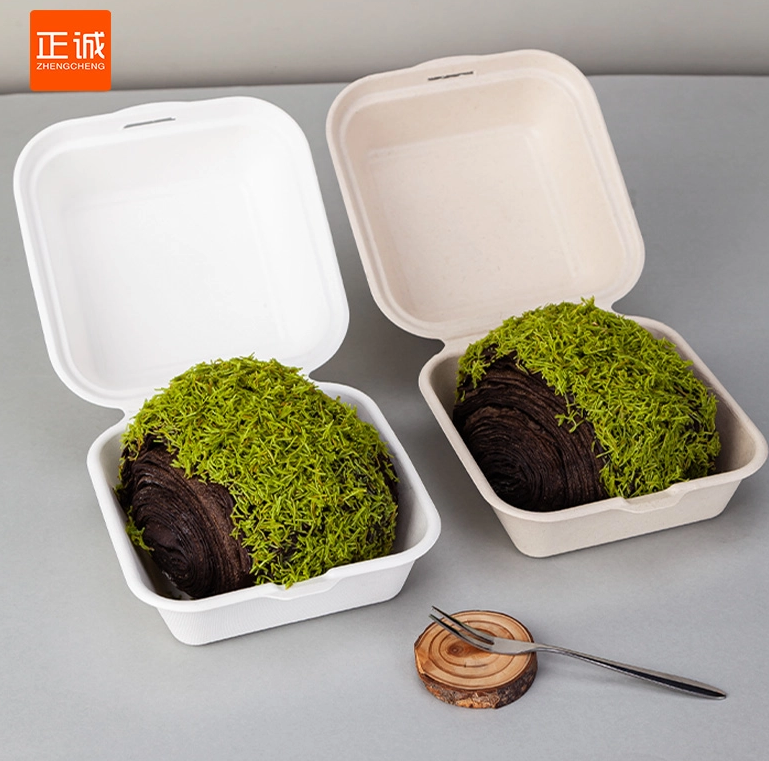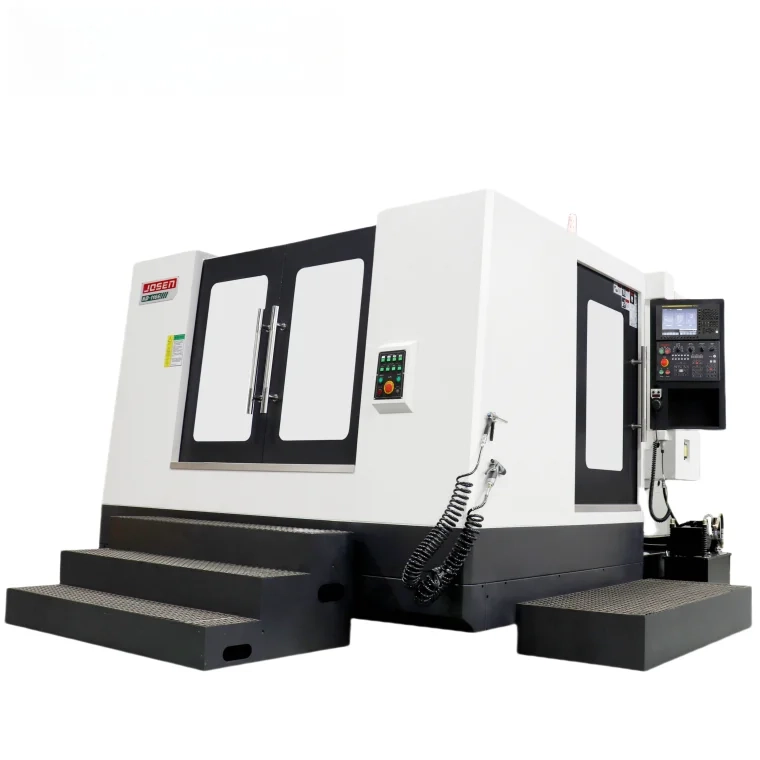As an important component of the transmission device, the common fault causes and preventive measures of the double row sprocket are as follows:
I. Common Causes of Faults
1. Sprocket wear
Cause: Long-term use has led to wear on the tooth surface of the sprocket, poor meshing between the chain and the sprocket, and reduced transmission efficiency.
Preventive measures: Regularly inspect the wear of the sprocket, promptly replace severely worn sprockets and chains, and avoid mixing new and old sprockets.
2. Deformation of the sprocket
- Cause: Overload or excessive impact force causes the sprocket to deform, affecting normal meshing.
- Preventive measures: Avoid overloading operation, ensure that the equipment load is within the design range, and regularly check the installation status of the sprocket.
3. Insufficient lubrication
- Reason: Insufficient addition or poor quality of lubricating oil leads to accelerated wear of the sprocket and chain.
Preventive measures: Regularly check the condition of the lubricating oil, select the appropriate lubricating oil and lubricate it at the recommended frequency.
4. Improper tightness
- Cause: The sprocket is either too tight or too loose, causing the chain to jump off or accelerate wear.
Preventive measures: Adjust the tightness of the sprocket to a moderate level to ensure that the parallelism of the sprocket end face in the same transmission assembly is within the allowable range.
5. Installation issues
- Cause: The sprocket is improperly installed or loose, resulting in unstable transmission.
- Preventive measures: Use alignment tools during installation to ensure the coplanarity of the sprocket, and regularly check and tighten the sprocket fixing bolts.
6. Corrosion and rusting
- Cause: The surface of the sprocket is corroded due to a humid environment or erosion by chemical substances.
Preventive measures: Regularly clean the sprocket and apply anti-rust oil to avoid exposing the sprocket to harsh environments.
7. Chain tooth skipping or chain disengagement
- Cause: The chain tension is too high or too low, resulting in poor meshing between the chain and the sprocket.
Preventive measures: Adjust the chain tension to a moderate level and replace the chain and sprocket if necessary.
8. The noise is too loud
- Cause: Misalignment of the sprocket, poor lubrication or loose chain.
Preventive measures: Regularly inspect and adjust the position of the sprocket to ensure good lubrication and prevent excessive loosening of the chain.
Ii. Preventive Measures
1. Regular maintenance
Regularly inspect the condition of the sprocket, chain and bearings, and replace worn parts in a timely manner.
2. Proper lubrication
Select the appropriate lubricating oil based on the usage conditions and lubricate it at the recommended frequency to reduce wear.
3. Adjust the tension
Regularly check and adjust the tension of the chain to prevent tooth skipping or wear caused by being too loose or too tight.
4. Avoid overloading operation
Ensure that the equipment load is within the designed range to avoid deformation and wear of the sprocket caused by overloading.
5. Installation and alignment
When installing, use alignment tools to ensure the coplanarity of the sprocket. Regularly check and tighten the fixing bolts.
6. Anti-corrosion treatment
Regularly clean and apply anti-rust oil, and avoid exposing the sprocket to damp or corrosive environments.
7. Replace worn parts
Replace severely worn sprockets and chains in a timely manner to prevent the overall service life from being affected due to intensified wear on one side.
From the above analysis, it can be seen that the common faults of the double row sprocket mainly focus on aspects such as wear, insufficient lubrication and improper installation. Through measures such as regular maintenance, reasonable lubrication, adjustment of tension and avoidance of overloading operation, the service life of the double row sprocket can be effectively prolonged and its normal operation can be guaranteed.
www.qj-chain.com
Hangzhou Qianjiang Chain Industries Co., Ltd.





+ There are no comments
Add yours